Sleep How the Other Half Lives – The Best Luxury Bed Sheets, According to Our Style Editor
I’m a self-proclaimed bedding snob. These are the best luxury sheets that I know are worth the price
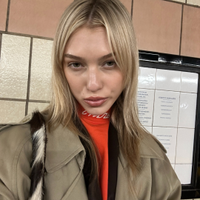
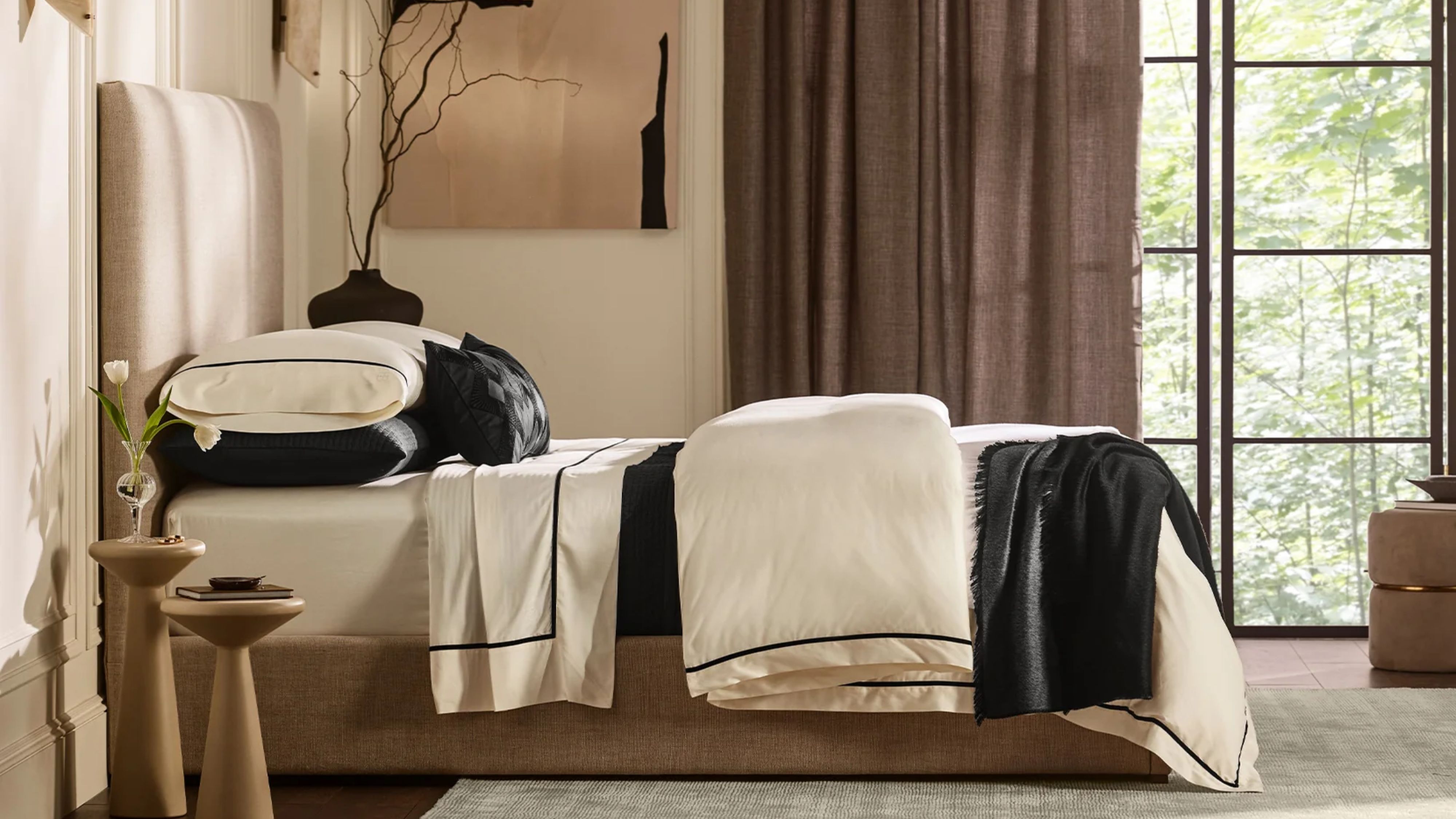
As the saying goes, buy it nice or buy it twice – and nowhere does that ring truer than in the realm of bed sheets. You can find plenty of $30 sets that look almost identical to those with an extra zero on the tag, yet the difference once you’re horizontal is night and day.
Because ‘luxury’ in anything to do with bedding isn’t just about looks; it’s about how it behaves. The right sheets – usually spun in small batches from ethically operated mills – are simply crafted from finer stuff. The cotton, for instance, will feature a longer staple for supreme softness, and the weaves will breathe and smooth over time. All of this matters, helping you fall asleep faster and wake up more refreshed. It's the kind of quality you can see, manifesting through crisp folds, timeless tones, and rich textures that make a bedroom appear more intentional.
Price doesn’t always equal quality when it comes to the best bed sheets, but it can signal craftsmanship if you know where (and what) to look for. As a self-professed bed sheet snob, I know this all too well, having tested more linens than I can count – in my own bed, in borrowed ones, and in hotel rooms I still dream about.
Ahead, I’ve rounded up six of the best luxury bed sheets that genuinely justify the splurge. Most I’ve slept on myself; all have been vetted through experience, reviews, and years of covering bedding trends professionally. Each earns its place here – for its materials, its design, and that indescribable feeling of slipping into something genuinely exceptional. These might not be the most budget-friendly sheets, but I can promise you won't regret the investment.
The Best Luxury Bed Sheets 2025

Pros: Made in the U.S., wide style range, highly customizable
Cons: A few find the percale too crisp
Matouk has that rare mix of legacy and modernity that makes ‘American-made’ feel aspirational again. Nearly a century old, the designer bedding brand still produces everything in Fall River, Massachusetts, where its factory hums with old-world craft and meticulous hands. Its aesthetic spans from monogrammed traditional to pattern-filled maximalism, all tied together by an obsessive attention to finish.
The brand’s Egyptian-cotton percale fitted sheet, inspired by an 18th-century archival print, captures that new-meets-old sensibility best. And with collaborations like its botanical Schumacher line – plus the ability to tweak nearly everything, from color and stitch to appliqué – it’s easy to see why Matouk is the default for people who don’t do basic.
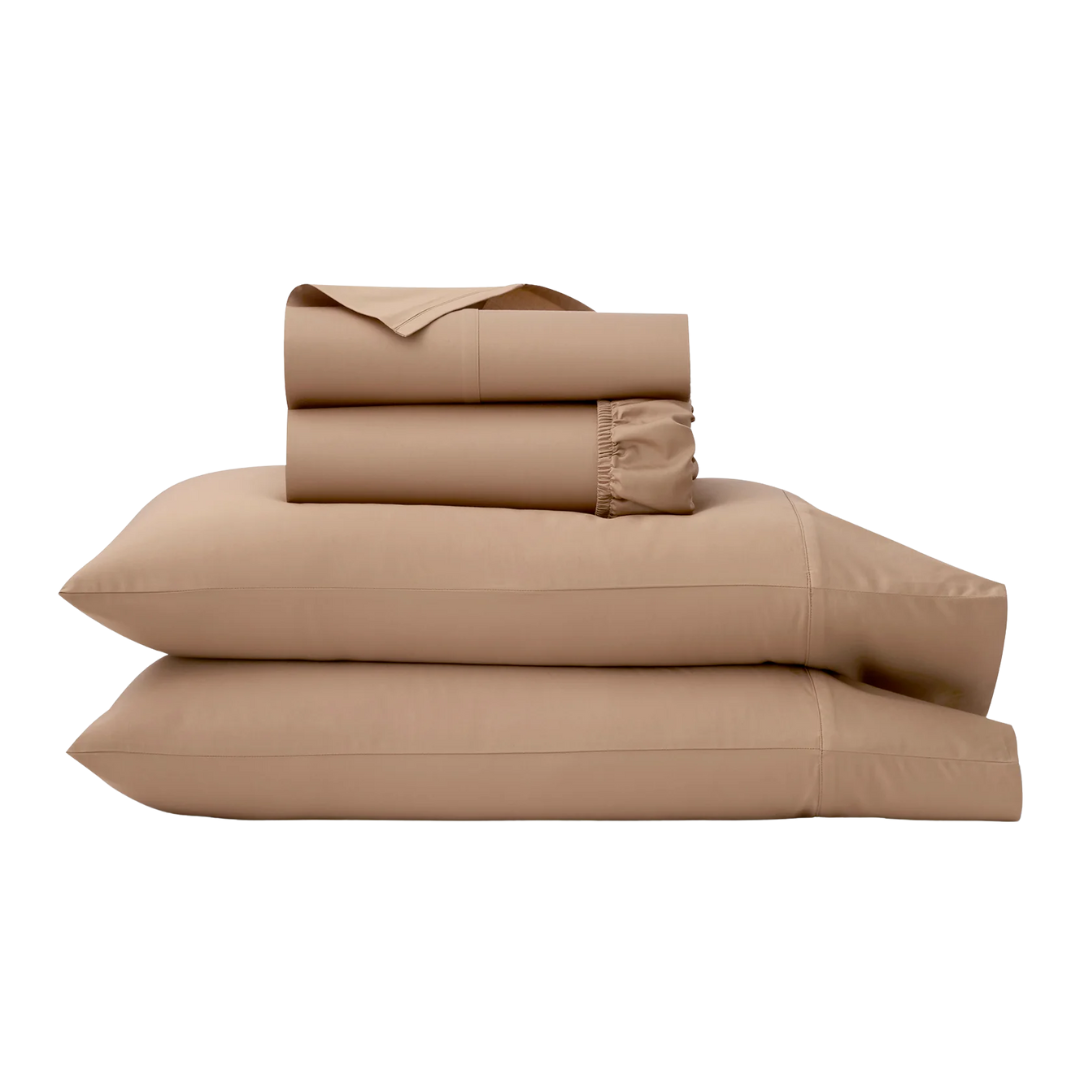
Pros: Buttery-soft organic cotton, sustainably made, deep-pocket design
Cons: Not quite hotel caliber, but perfect for everyday luxury
Boll & Branch’s Signature Hemmed Sheet Set is the brand’s buzzy bestseller for a reason. Crafted from long-staple organic cotton and finished with a clean, double-stitched hem, it strikes a perfect balance between breathable and buttery, crisp and cozy – what the brand calls a ‘new generation of luxury.’
The signature weave is soft from the start and only gets better with time, offering the lived-in comfort most high-end sheets can’t replicate. And while Boll & Branch may be known for its sustainable ethos, it also has serious fashion cred, from a Prabal Gurung Met Gala gown made of its Summit Supima cotton to collaborations with design duo Chris Loves Julia.
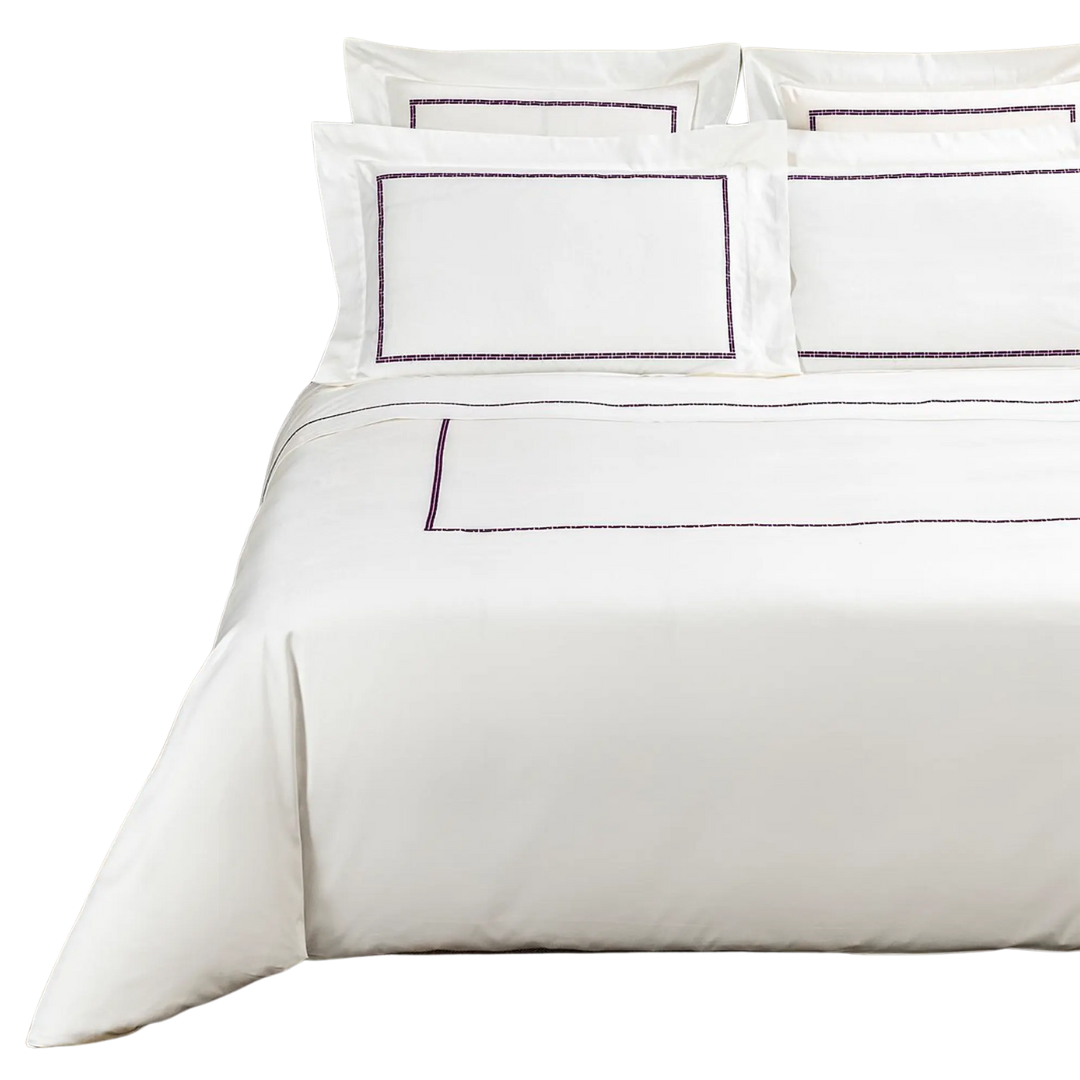
Pros: Used by 1,000+ luxury hotels, offers custom embroidery and sizing, rich Italian heritage
Cons: No trial period; entry-level lines may not rival the couture-grade sets
When your flagship sits on Madison Avenue – one of the most expensive streets on earth – there’s usually a reason. Italian heritage brand Frette has spent nearly two centuries perfecting the art of the five-star bed, supplying sheets to stays such as L’Ermitage Beverly Hills, The Peninsula Beijing, and countless Ritz-Carltons worldwide.
The brand’s lineage is also somewhat mythic, having crafted linens that graced the altar at St. Peter’s Basilica and the dining cars of the original Orient Express, not to mention the bedrooms of over 500 European royal families. Its signature designs – Links, Herringbone, and Forever Lace – blend Italian craftsmanship with couture-level finish. The Affinity set above, with its oxblood embroidery on long-staple Egyptian cotton, is a quintessential example.
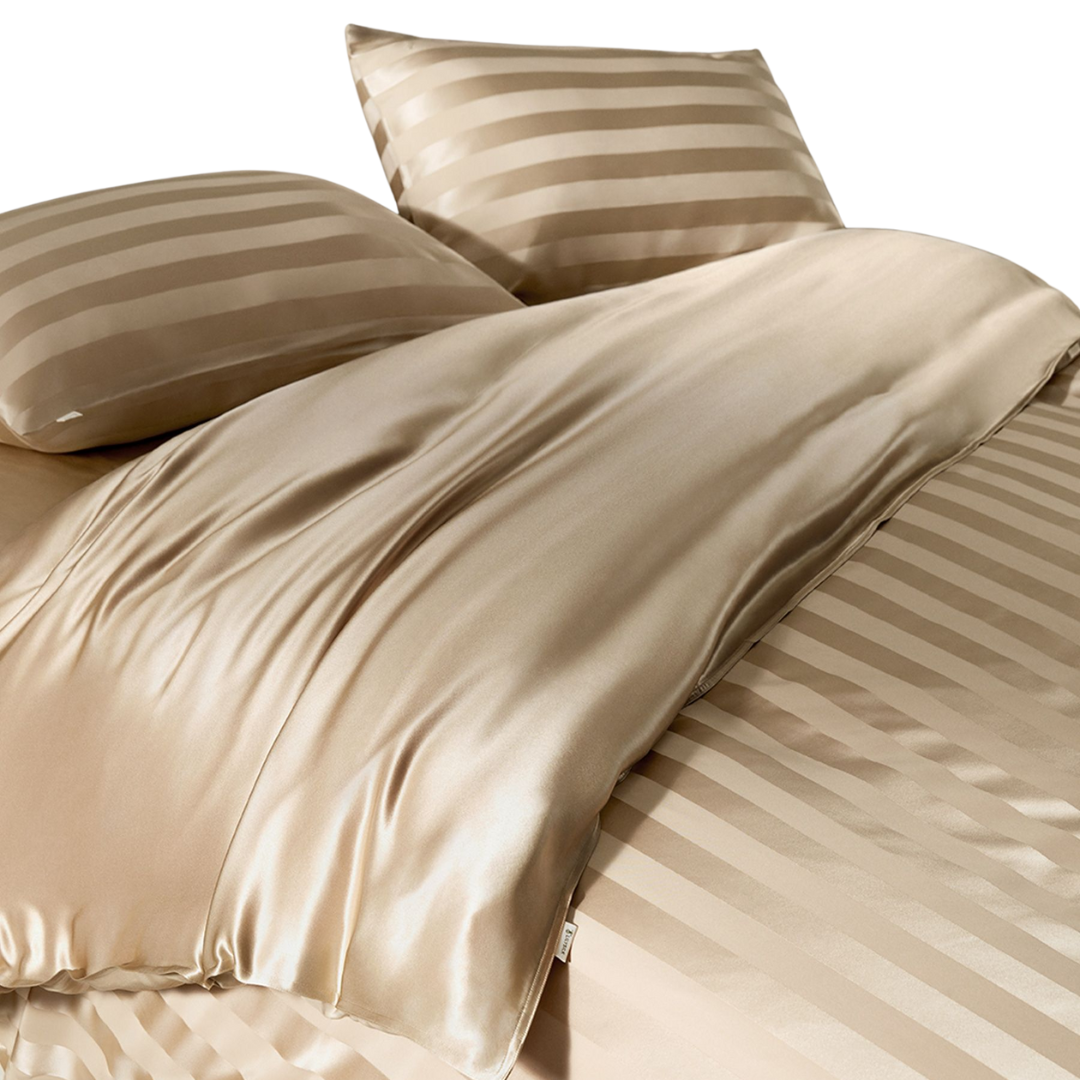
Pros: 100% mulberry silk, luminous pearl-like sheen, exceptional value, fashion-forward, great for skin and hair
Cons: High maintenance (line dry or dry clean; Lilysilk detergent recommended); silk production is resource-intensive
It’s all in the name. Lilysilk takes its silk seriously – which matters, because not all silk sheets are created equal. And truthfully, given the quality, they could charge double. Still a splurge, of course, but one that feels oddly rational once you’ve slept on them.
The collection spans tonal champagne stripes (Silken Dreamscape is a current standout) and timeless solids in every shade, all crafted from 6A-grade mulberry silk – the gold standard. These are for people who want visible luxury and who care as much about their skin and hair as they do the layering of their bedscape. I own several sets, and with proper care, they’ve worn like a dream. Yes, they’re high maintenance – but arguably, all the better for it.

Pros: Celebrity-approved, nearly 9,000 five-star reviews, silk-like sheen
Cons: Limited style range, some report light wrinkling after washing
If you’re even moderately online (or a fan of Oprah), you’ve likely heard of Cozy Earth – the bamboo bedding brand redefining what premium feels like. Made from its signature viscose derived from bamboo, these sheets have a silk-like sheen, an elegant drape, and a sustainability edge that silk can’t match.
As someone who tests bedding for a living, I can confirm these are the sheets I reach for most. They’re buttery, breathable, and impossibly cool – the only thing that got me through one of the hottest New York summers on record. They wash better than silk (my usual favorite) yet still feel just as indulgent. Plus, each set arrives in a striped canvas tote chic enough to double as an overnight bag (which I’ve absolutely tested).

Pros: Sustainable, free from harmful chemicals, nature-inspired palette
Cons: Limited style variety
Linen sheets are their own category – and one of the hardest bedding materials to master. The goal is relaxed but not wrinkled, airy but not coarse. Coyuchi has it down to both an art and a science. Its linen bedding is crafted from rare, GOTS-certified 100% organic French flax grown on a seven-year crop rotation, supporting soil health and small farmers.
Of course, Coyuchi’s commitment to sustainability extends far beyond linen – the brand also does beautiful percale, sateen, and flannel – but this collection, grounded in nature-inspired colorways, captures its California soul best. Essentially, Coyuchi’s linen sheets are what you’d imagine Gwyneth Paltrow crawling into after a beach dinner.
Luxury Bed Sheet Materials
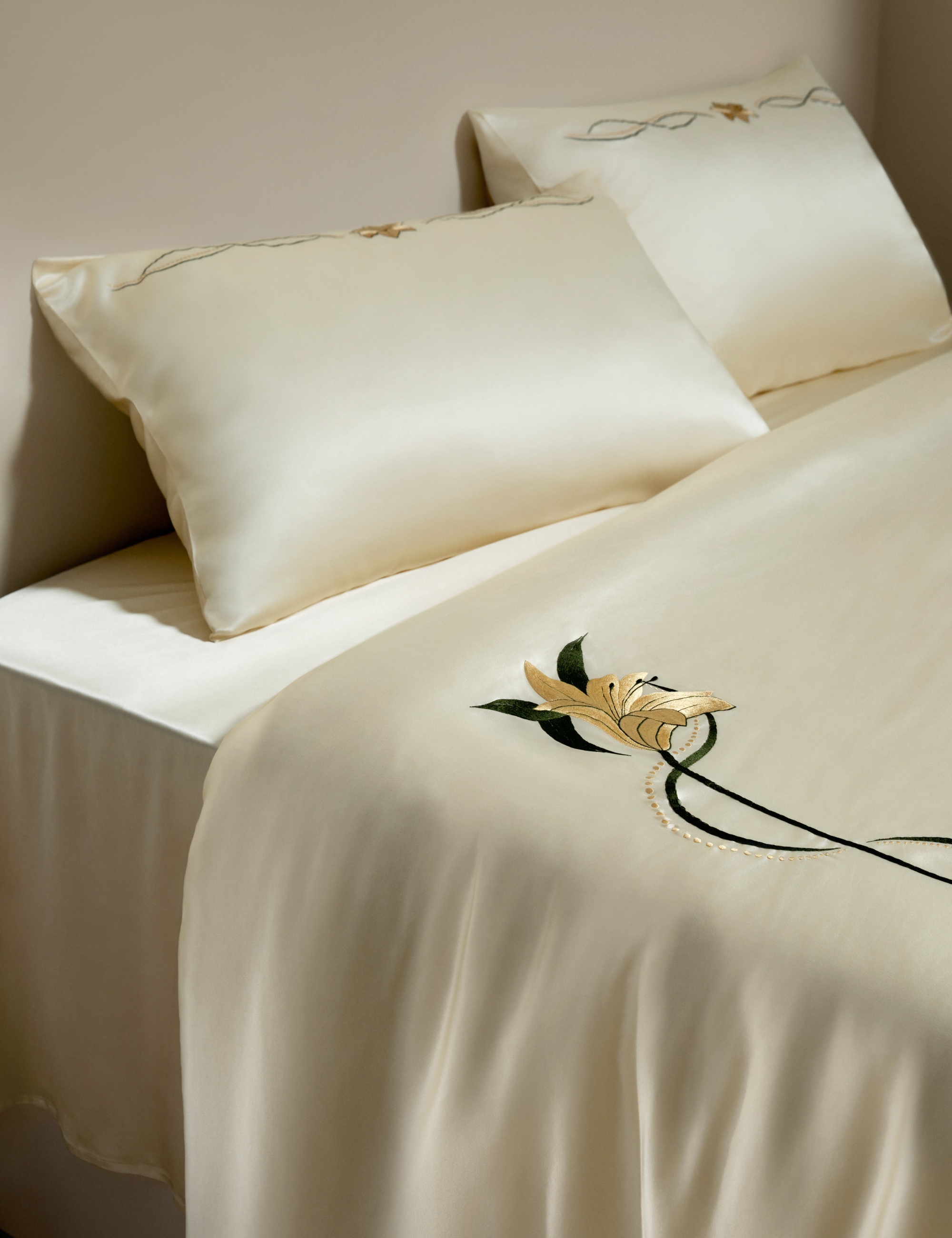
Egyptian Cotton
When we think of luxury bedding materials, Egyptian cotton is often the first that comes to mind – but what exactly is it, and is it really better than regular cotton? According to Amy Hoban, Chief Creative Officer of Parachute, ‘The short answer is yes,’ she says. ‘Egyptian cotton is considered the best cotton in the world.’
Anecdotally, I could tell the difference with my eyes closed. After cycling through more than ten organic cotton sheet sets on my own bed – one week at a time – I know the difference between good and great. The first time I slept on Egyptian cotton (a Ritz, presumably Frette), I remember thinking: so this is what everyone else has been pretending their sheets feel like.
Known for its long-staple fibers, it’s softer, stronger, and more breathable than standard cotton, often woven into the crisp percale or smooth sateen sheets you’ll find in five-star suites. ‘That said, the label alone is not enough,’ Amy adds. ‘What matters most is the quality of the fiber and the craftsmanship of the weave’ – so do your research and make sure the brand actually delivers.
Linen
Linen might sound humble compared to its bedding material counterparts, but done right – and sourced from the right places (France and Portugal top the list) – it’s absolutely a luxury bed sheet material. Lightweight, airy, and naturally textured, linen sheets are my perennial favorite for spring and summer. They’re ‘amazing for hot sleepers and warm climates,’ agrees Lori Miller, interior designer and President at LGC Interior Design. ‘It softens over time but tends to be pricier and wrinkles easily,’ she adds. (As a California native, I’ve always liked a little rumple anyway.)
Just beware the impostors: plenty of ‘linen’ sets sneak in synthetics to cut costs. A true luxury brand would never.
Silk
Right up there with Egyptian cotton, silk has long been the material of kings – and it’s held that title for a reason. I’ve tested more bedding sets than I care to admit, and despite the maintenance (mine go straight to the dry cleaner), silk still wins out. I wake up with less bed head, my skincare intact, and sheets that still feel impossibly smooth.
Even as textile tech evolves, silk remains firmly in the luxury rotation for its lustrous sheen, natural breathability, and antibacterial properties. It’s also why your wellness-obsessed friend insists you need a silk pillowcase – they actually work.
That said, ‘silk’ gets thrown around too freely. Many versions on the market are synthetic blends that mimic the look, not the feel. The real thing – pure mulberry silk – is an investment, but one that, with proper care (and absolutely no dryer), will last you years.
Bamboo Viscose
Then there’s bamboo viscose – a new favorite of mine, probably because it acts a lot like silk. It’s the newest ‘it’ material in bedding, popularized by brands like Cozy Earth. Some say it’s even softer than silk (I’d second that), but all can agree it’s easier on the wallet. It offers that same fluid drape and subtle sheen, with greater breathability and no need for dry cleaning.
‘They’re ultra-soft, moisture-wicking, cooling, and naturally hypoallergenic. Great for sensitive skin, though sometimes less durable than cotton,’ adds Lori Miller. I like to think of bamboo viscose as silk’s eco-conscious Gen Z sister.
Thread Counts
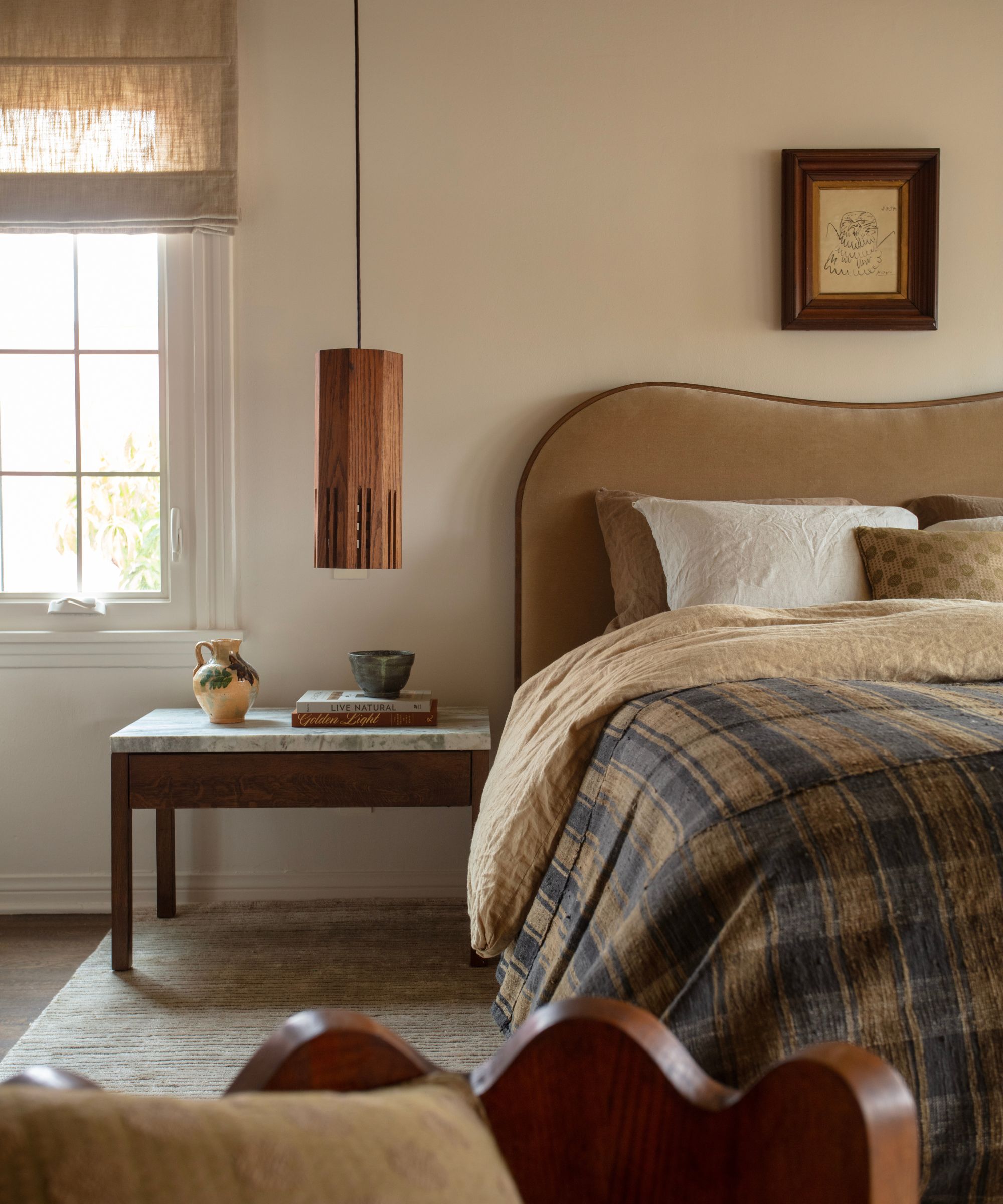
The higher the thread count, the better the sheet – right? According to every expert I spoke with, that belief is unequivocally false.
‘Thread count is a marketing trick!’ says Tandy Avery, VP of Product Development at LUXOME. ‘Companies realized that consumers were trained to think a higher number equals better quality. So, they started using sneaky ways to inflate the thread count number by counting each fiber twisted into a single thread or by using thinner, lower-quality threads.’
Instead, Avery recommends prioritizing quality materials over inflated numbers. ‘Key considerations include the type of fiber used, such as high-quality fibers like long-staple cotton that produce durable and soft threads. Additionally, the weave of the sheets plays a crucial role in determining the texture,’ she explains, noting that single-ply threads are typically stronger and longer-lasting than multi-ply, which are often used to artificially boost the count.
That said, if you are looking at numbers, context matters. ‘A good thread count for cotton sheets is usually between 200 and 600,’ adds Amy Hoban, Chief Creative Officer at Parachute. ‘This can vary depending on the material, since some fabrics use finer or thicker fibers. For example, the raw fibers of linen are naturally thicker, so its thread count is substantially lower than cotton’s.’
As Amy puts it, ‘There are no regulations around how brands report thread count, so a big number alone doesn’t tell you much about quality.’
Trust the touch, not the tag.
Luxury Colors & Trends
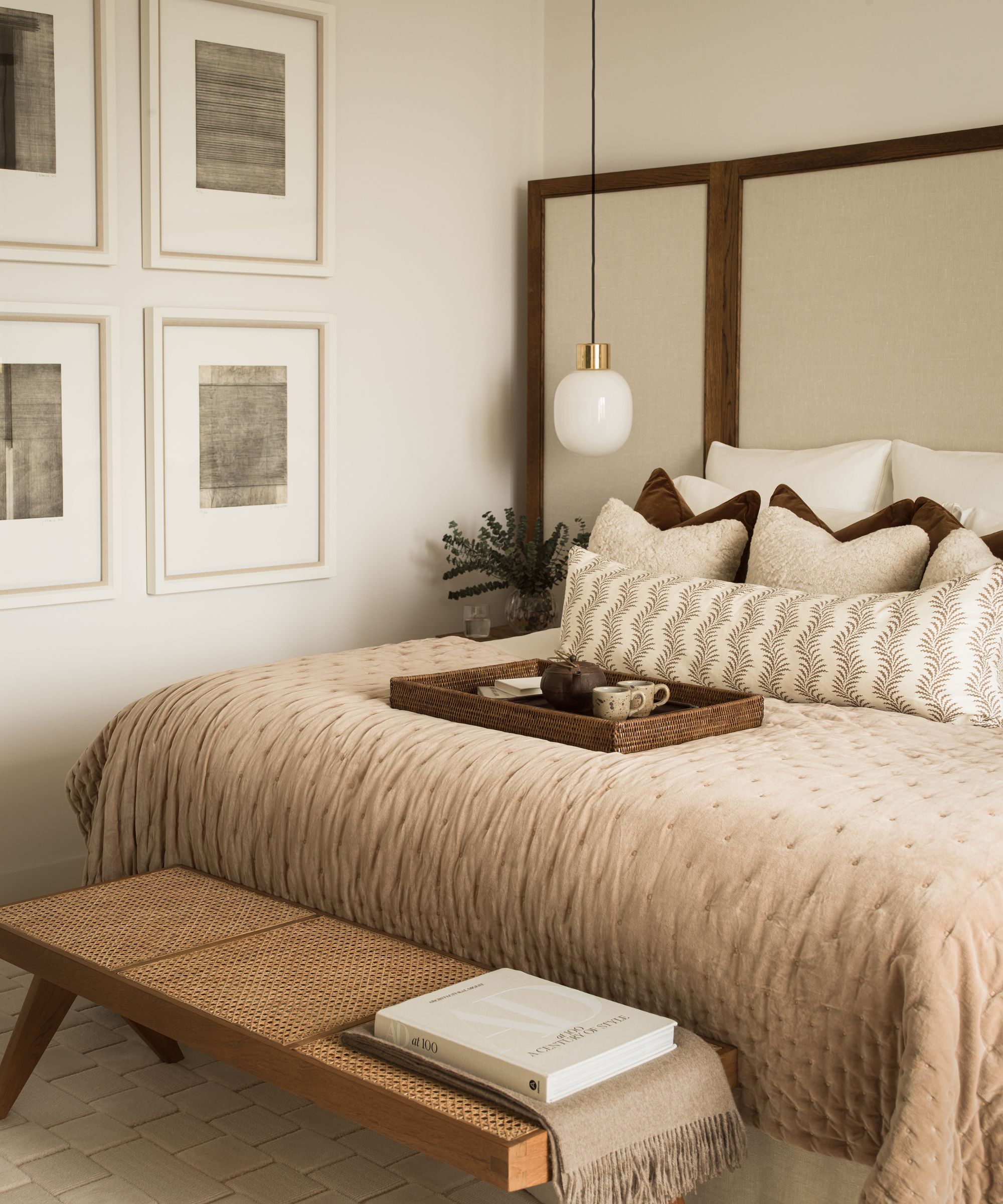
In luxury bedding, trends move slowly and deliberately. You won’t see a heritage house turning out Brat Green top sheets anytime soon, but you will notice subtle shifts, such as scalloped edges on minimalist sets, or soft embroidery breaking up the usual sleek lines. At these price points, timelessness always wins.
‘When determining your bedroom’s look and design, the color palette can depend on your preference as well as the mood it gives off,’ says Parima Ijaz, textile expert and founder of Pure Parima. ‘A light color palette feels more airy, makes the room feel larger and creates a spa-like mood. This is also a great choice for the summer months. Alternatively, a dark palette creates a cozy, dramatic feel that is more popular in the winter months.’

White sheets will always have our hearts, but warmer neutrals – creams, whisper taupes – are beginning to take over, bringing softness and ease. ‘Seasonally, spring invites colors like soft sage, pale yellow and blush tones,’ continues Parima. ‘Summer is a great time for those crisp white sheets, sky blue, and tans. Fall is known for terracottas, olives, and deep browns,’ while winter sets the stage for moodier fare, such as charcoal, navy, plums, and even gold.
As we move into 2025 and beyond, bedding design is leaning more ornate. Patterns (think florals, stripes, and romantic ruffles) are officially back. ‘This year, we’ve been seeing a decline in pure minimalism, especially in bedsheets,’ says Joyce Huston, Co-Founder and Lead Interior Designer at Decorilla. ‘People are moving away from the monochrome look because it can end up looking and feeling quite stark or even austere, especially with all-white bedsheets.’
‘Moreover, character and charm are really having their moment lately,’ she adds. ‘The nice thing about a patterned sheet is that it adds visual dynamic and, pun intended, softens a bed in terms of aesthetics.’
How Much Should You Spend On Luxury Bed Sheets?
According to interior designer Rasheeda Grey of Philadelphia-based Grey Space Interiors, true luxury sheet sets – meaning hand-finished or designer-grade collections – typically start around $400 and rise steeply from there. For context, she notes that mid-range options usually fall between $150 and $300, where you’ll find higher-quality materials like bamboo, linen, and Egyptian cotton – though not always at the same caliber.
In other words, not every splurge is worth it. ‘Gorgeous, but sometimes you’re paying for the name,’ warns Rasheeda of linens priced high for the sake of status. Her advice is to do your research – or, if you’d rather skip the sleuthing, any of the sheets above are a safe bet.
How We Test Luxury Bed Sheets
You can touch all the bed sheets you want (and believe me, I do – often, in stores, if I can't get my hands on a sample), but the only real bed sheet test happens the old-fashioned way: by sleeping in them. Every set gets at least a week on my own bed to break in, followed by a proper wash to see how it holds up. Nothing fancy, just the truth of a third-floor New York walk-up and a fluff-and-fold laundromat down the street.
For this luxury category, though, I’ve also done my fair share of ‘research’ in five-star hotels and homes – from Matouk-dressed guest rooms to Frette-furnished suites – noting everything I like and all the details I don't. I’m notoriously particular, but it’s that scrutiny that keeps this list honest. If a set makes it here, it’s because it’s survived my sleep, my standards, and my sheets-obsessed snobbery.
Design expertise in your inbox – from inspiring decorating ideas and beautiful celebrity homes to practical gardening advice and shopping round-ups.
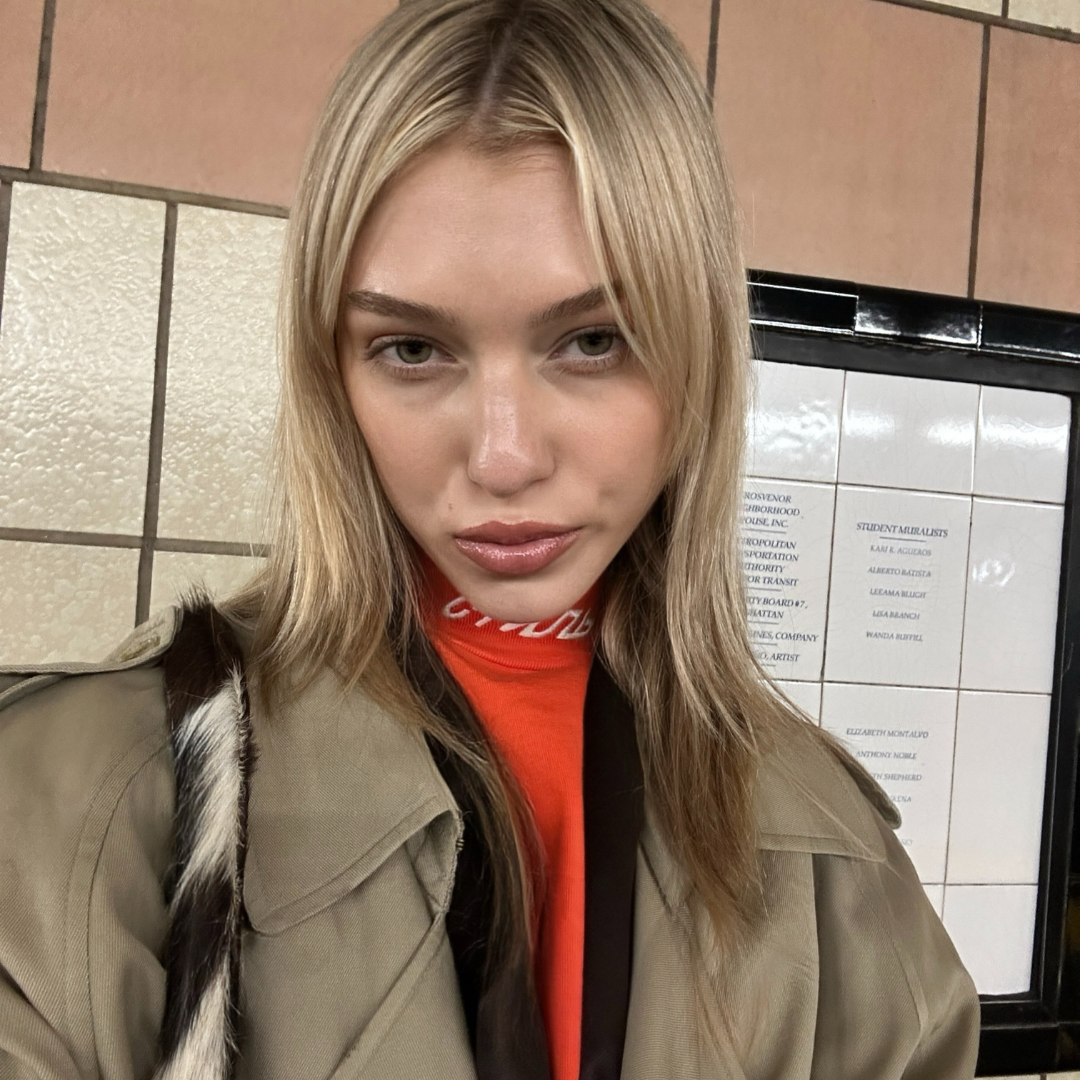
Julia Demer is a New York–based Style Editor at Homes & Gardens with a sharp eye for where fashion meets interiors. Having cut her teeth at L’Officiel USA and The Row before pivoting into homes, she believes great style is universal – whether it’s a perfect outfit, a stunning room, or the ultimate set of sheets. Passionate about art, travel, and pop culture, Julia brings a global, insider perspective to every story.